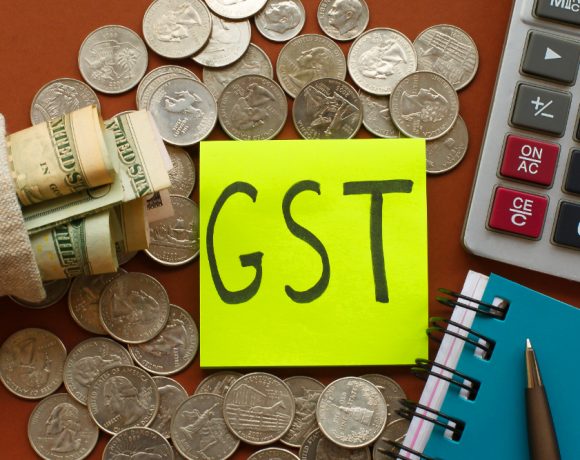
RBI’s New Communication Norms May Impact Debt Recovery Processes
The Reserve Bank of India’s (RBI) recent directive to formalize communication channels between financial institutions and customers has sparked a debate among industry experts. On January 17, 2025, the RBI mandated that all transactional calls from banks, mutual funds, and other financial service providers must utilize the ‘160’ number series, while promotional and marketing calls are to use the ‘140’ series. This move aligns with the Telecom Regulatory Authority of India’s (TRAI) existing regulations on voice communications.
The primary objective of this directive is to enhance transparency and curb fraudulent activities by clearly distinguishing between different types of calls. However, stakeholders in the digital lending sector express concerns that these stringent measures might inadvertently complicate debt recovery processes. A substantial portion of transactional calls involves reminding customers of upcoming repayment dates and following up on missed payments. Industry insiders fear that the new regulations could disrupt these critical communications, potentially leading to increased defaults.
Moreover, the directive imposes additional compliance requirements on financial institutions. Implementing dedicated number series for various call types necessitates system overhauls and could incur significant costs. Smaller banks and non-banking financial companies (NBFCs) might find it particularly challenging to adapt swiftly to these changes, potentially affecting their operational efficiency.
Conversely, consumer rights advocates welcome the RBI’s initiative, viewing it as a step toward protecting borrowers from aggressive and often misleading recovery tactics. By formalizing communication channels, the directive aims to ensure that customers can easily identify legitimate calls from their financial service providers, thereby reducing the risk of falling prey to scams.
This development is part of a broader trend where regulatory bodies are intensifying their oversight of debt collection practices. For instance, the Indian government recently proposed legislation imposing stringent penalties, including prison terms and hefty fines, for unauthorized lending activities and the use of coercive recovery methods. These measures underscore a concerted effort to promote ethical lending and borrowing practices across the financial sector.
In conclusion, while the RBI’s directive aims to enhance transparency and protect consumers, it presents a complex challenge. Balancing the need for effective debt recovery mechanisms with the imperative of ethical communication practices requires a nuanced approach. Financial institutions may need to innovate and adapt their strategies to comply with the new regulations without compromising on recovery efficiency.


















